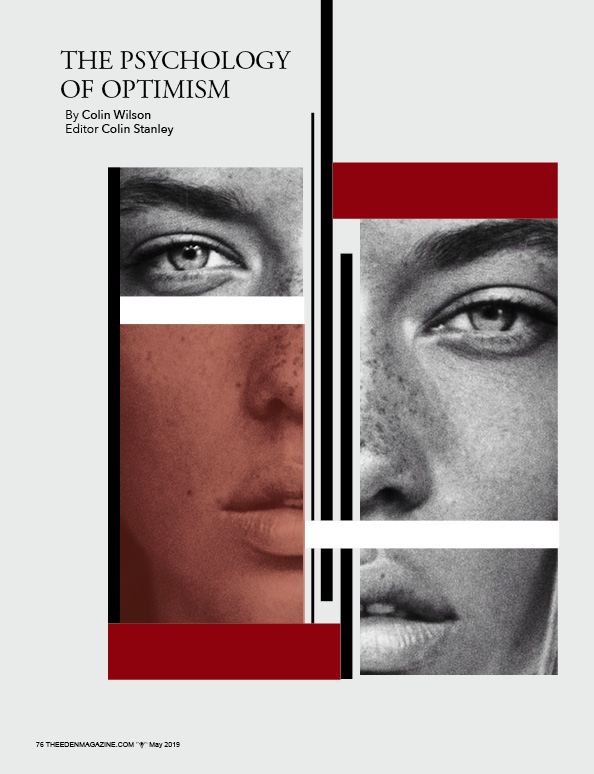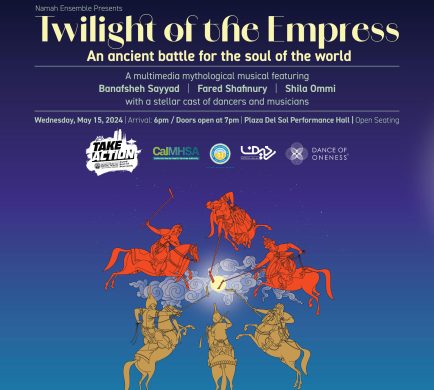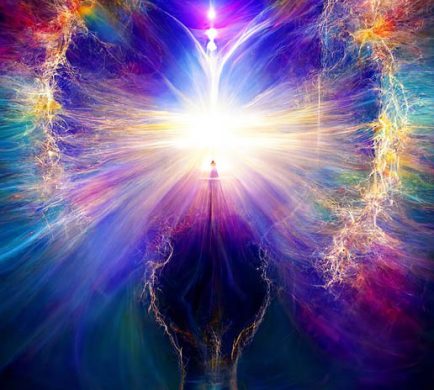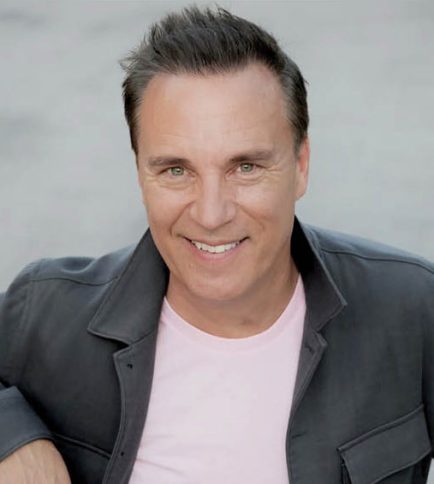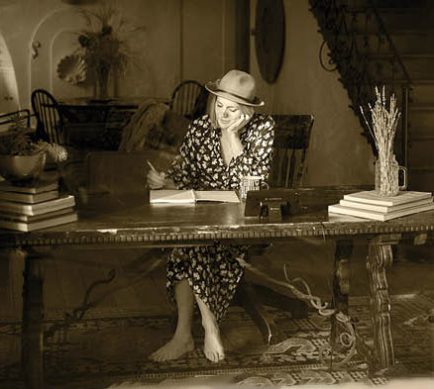By Colin Wilson
Editor Colin Stanley
This collection follows on from the successful first volume which contained extracts from Wilson’s work on existentialism, criminology, psychology and the occult. This book offers a bonus six essential post-1985 essays and chapters, providing a much needed update of Wilson’s work leading up to his death in 2013.
In collaboration with four experts on Colin Wilson’s work, Wilson’s biographer, Colin Stanley has compiled over twenty pieces of work. This fantastic volume provides an invaluable introduction to Wilson’s work that will appeal to those new to Colin Wilson as well as his existing fans, whilst also providing an insightful background glimpse into his earlier years and the key figures and events that first inspired him.
At the age of 16, Wilson envisioned his name next to great scientists such as Einstein and Galileo, however he was only able to find joy in writing. Wilson narrates about his days spent in the Reading Room of the British Library, working on fiction and non-fiction alike. His belief in himself, his work and his ideas provide us a timely reminder of how Wilson was ahead of his time.
Wilson then went on to become a voice in the ‘angry young men’ movement of the 1950s, cast the prevailing mood of the time as the ‘fallacy of insignificance’. He was a purveyor of British controversial intellectualism.
The Essential Colin Wilson offers readers a preview of the writer’s life, his theories, and his vision.
First published in Adbusters: Journal of the Mental Environment, vol. 14, no. 1 (Jan/Feb 2006).During my teens, as an inveterate haunter of second-hand bookshops, I often saw copies of a book called Sanine, written in 1903 by a Russian writer named Mikhail Artsybashev. Very often it looked new, as if the former owner was glad to get rid of it. One day I bought it out of curiosity, and discovered that it was one of the most extraordinary novels I had ever read. The hero is a Russian student who shares the rebellious ideals of most of his generation. Vladimir Sanine is an attempt to create the ideal Russian hero — sane, balanced, intelligent, clear-sighted, totally unlike the neurotic heroes of Dostoyevsky.
In one typical scene he is in a boat with a girl who is attracted by him, and when she lets him kiss her, seizes his opportunity and, in spite of her resistance, takes her virginity. The next day she is horrified at what has happened, and when he calls on her, tells him to go away. He begs her not to bear any ill will, and says that if she gives her fiancé as much happiness as she has given him, he will be a lucky man. Suddenly she decides to look on the bright side — after all, it is a beautiful day and they still find one another attractive. For a moment she sees the world as he sees it — as something simple and beautiful, which human beings spoil with their neurotic self-torments. They kiss ‘like brother and sister’, and when he has gone, she lies on the grass and reflects that some things are best forgotten. Sanine exerted a tremendous influence on its generation, and although some of its ideas are simplistic, is still a delightful book to read.
I was reminded of Sanine when I came upon the ideas of one of the most remarkable of modern psychologists, Sydney Banks. He stumbled upon his central insight one day when he remarked to a friend: ‘I’m so unhappy.’ And the friend replied: ‘You’re not unhappy Syd — you just think you are.’
The idea hit him like a revelation: that most human beings cause their own problems by their thoughts.
Although an ordinary working man, without a formal education, Banks was so stunned by this insight that he began giving lectures about it. Soon, he was giving seminars that were crowded with professional men — doctors, business-men, psychiatrists.
A New York psychiatrist, George Pransky, who had begun to feel disillusioned about Freud, went along to a weekend seminar, and at first could not understand what Syd Banks meant when he said that all our problems are caused by our thoughts. But he observed that the people at the conference all seemed full of energy and optimism — that they were all ‘copers’ who were in charge of their lives. And when he grasped what Banks was saying, he suddenly began to share the feeling. He went on to apply these insights to his patients, and found that they worked. Pransky has created a psychology that is based on optimism about our capabilities.
The basic idea behind Pransky’s ‘psychology of mind’ is simple. Our days are spent focusing on narrow horizons of awareness, a permanent state of ‘close-upness’, rather like going into a picture gallery and keeping your eyes two inches from the canvases. You would see the texture of the paint, but you would not see ‘the picture’. Human beings are like this all the time. They are trapped in ‘close-upness’, in a worm’s-eye view of reality. Their lives have an underpinning of boredom.
This vanishes the moment we are confronted by any kind of crisis. A man who was told he has an incurable disease would be rocketed out of the worm’s-eye view into a bird’s-eye-view, in which he is suddenly aware of the value of life. If, at that point, he learns that the doctors were mistaken and his life is in no danger, the relief would bring an interesting insight: that the bird’s-eye view was true all along, and the worm’s-eye view was a mistake caused by ‘close-upness’. Now all he has to do is to tell himself beyond all possibility of doubt that the worm’s-eye view is false and the bird’s-eye view is true, and he has a means of transforming his life.
Hans Keller, former head of BBC music programmes, once described how, in the 1930s, he was living in Germany and became aware that fellow Jews were vanishing into concentration camps. He said that he prayed: ‘O God, only let me get out of Germany, and I swear I’ll never be unhappy again.’ Of course, he didn’t succeed in living up to his promise. But it is easy for all of us to identify with that feeling that it would be quite easy to live up to it. And he had grasped the essence of Syd Banks’s insight. Now just over fifty years ago, I suddenly woke up to the same insight, and settled down to try and capture it in a book called The Outsider. Its starting point was the high number of artists and writers in the 19th Century who committed suicide. I could see that the basic problem was that they found the world of everyday life boring and discouraging. Yet every now and then, they would experience moments of immense happiness and intensity, in which the whole world became self-evidently glorious. The trouble was that when they woke up the next morning, the vision had evaporated, and the world seemed once again dull and dreary.
Clearly, what they needed was simply to grasp intellectually, as Syd Banks did, that the worm’s-eye view was false.
It seemed clear to me that it was this damned 19th century, with all its frustrated hopes, that was responsible for our neurotic civilization, with its underlying pessimism. It is the 19th Century underpinning we have to get rid of.
As to who to blame for it, the answer seemed clear: the philosophers.
For example, in November 1811, the dramatist and storywriter Heinrich von Kleist blew out his brains and those of his mistress because the philosophy of Kant had convinced him that life was meaningless and that the underlying reality is forever unattainable. Goethe’s Faust had come to the same conclusion, and been on the point of suicide ‘because we can nothing know’ when the sound of the Easter bells caused his childhood to come flooding back and made him change his mind. But why should it matter if life is an illusion, so long as it is enjoyable? Because if it is an illusion, then free will is also an illusion, and we are merely machines. And that thought is enough to depress any sensitive soul. Descartes had argued that animals are machines, and in 1738 the French philosopher Julien de La Mettrie went one further in a book called Man the Machine, arguing that free will is an illusion. He was followed by a whole school of French thinkers like Condillac and Cabanis who argued that ‘mental life’ is merely a matter of physical sensations. Cabanis said the brain secretes thought as the liver secretes bile.
At which point, one of their school, Maine de Biran, had a revelation rather like Syd Banks’s. He pointed out that whenever I make some real effort, I have a clear feeling that it is the ‘I’ who is doing this, and not a machine. But the French have always preferred pessimism to optimism, and Biran’s insight was soon forgotten. And even now, two centuries later, psychology continues to insist that man is a machine, and that consciousness is a mere by-product of the brain.
But does it make any difference whether we are machines or not? Well yes, it does. If an intelligent person falls into depression, then the thought that he has no free will can push him over the edge, as it pushed Kleist.
An interesting new discovery in brain physiology underlines this. ECT, electroconvulsive therapy, was first used by Ugo Cerletti in the late 1930s. He discovered that if a current of about an amp is passed through the brain for half a minute, it is like a small version of an epileptic seizure, and it often cures depression. Johan Hellsten of Lund University now thinks he knows why. He tried giving rats ECT treatment, and found that it increased the number of epithelial cells — the cells that line blood vessels — in the part of the brain called the hippocampus. The vessels also increased their length by sixteen per cent. We know that long-term depressives have a smaller hippocampus than average, so curing it by ECT creates bigger and better cells.
Depression is a state in which we cease to use the will. And the muscles of the will suffer hypertrophy, just as the leg muscles of a bed-ridden patient will waste away. The shock of ECT seems to have the same effect as a sudden crisis, of stimulating us to effort. And willed effort causes something inside us to grow. So once George Pransky’s patients have been taught to induce their own version of ECT by a combination of effort and optimism, they presumably begin to grow epithelial cells and turn into ‘copers’, suddenly finding they enjoy life.
All this is a striking justification for a theory of Nobel Prize winning brain physiologist, Roger Sperry, whose studies of the difference between our right and left cerebral hemispheres caused such a sensation in the 1960s. Now, in traditional brain physiology, consciousness is regarded as a product of the brain, as heat is the product of a fire (or bile of the liver). As a traditional scientist, Sperry was willing to accept the proposition that consciousness is a product of the brain and cannot exist apart from it. But in a paper of 1980 called ‘Mind-brain interaction: mentalism, yes; dualism, no’, he shocked and upset his colleagues by announcing a view that struck them as pure heresy. He suggested that when we think and feel, consciousness operates on the brain as human fingers operate on a computer keyboard, or as an electric current operates on a television screen, making a picture out of ‘dots’. Or, if you like, as the fingers of a pianist operate when he plays the piano. In other words, consciousness is not passive but active and ‘creative’. Sperry had rediscovered Maine de Brian’s free will.
Clearly there is one more step to take. And I suspect that if Sperry had not died in 1981 he would have taken it: to recognize that consciousness is not a mere product of the brain, but exists in its own right. A useful first move would be to persuade scientists like Johan Hellsten to begin experiments to try and show that brain cells can be created by a focused effort of will. That would lay the foundations for a new science, a new philosophy and a new civilization

